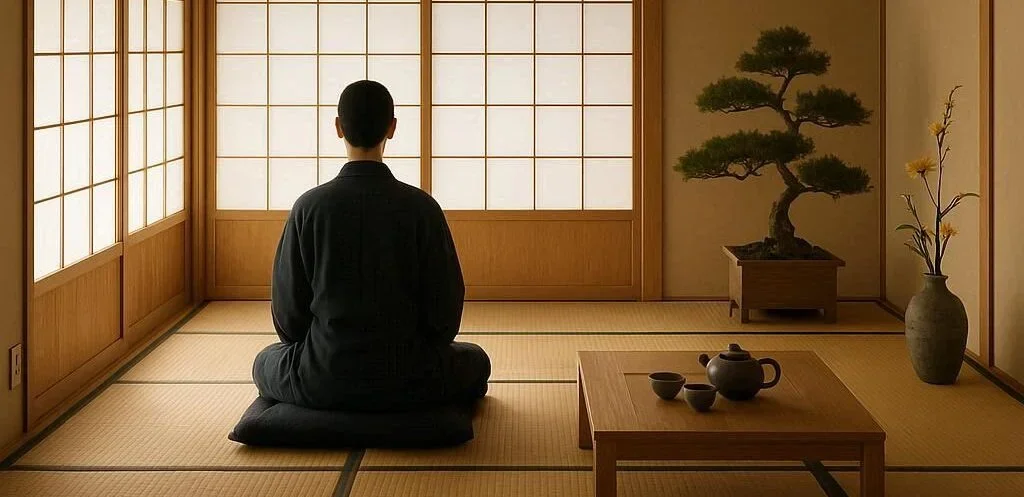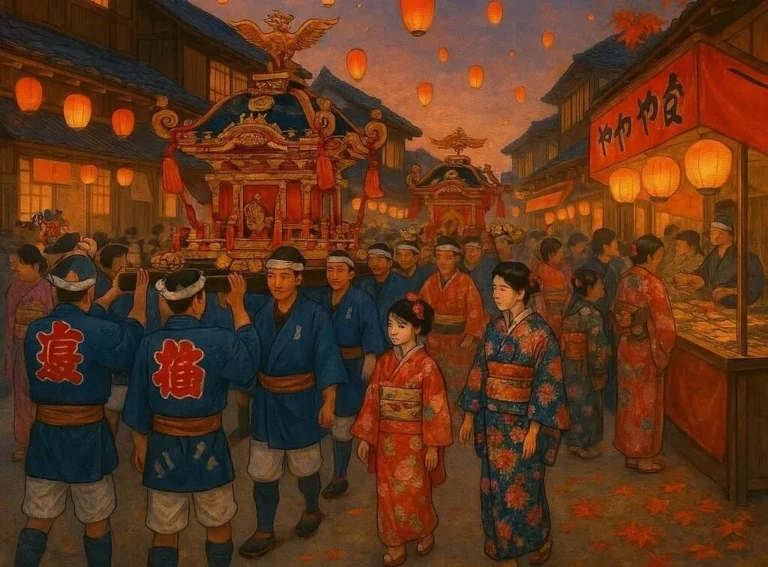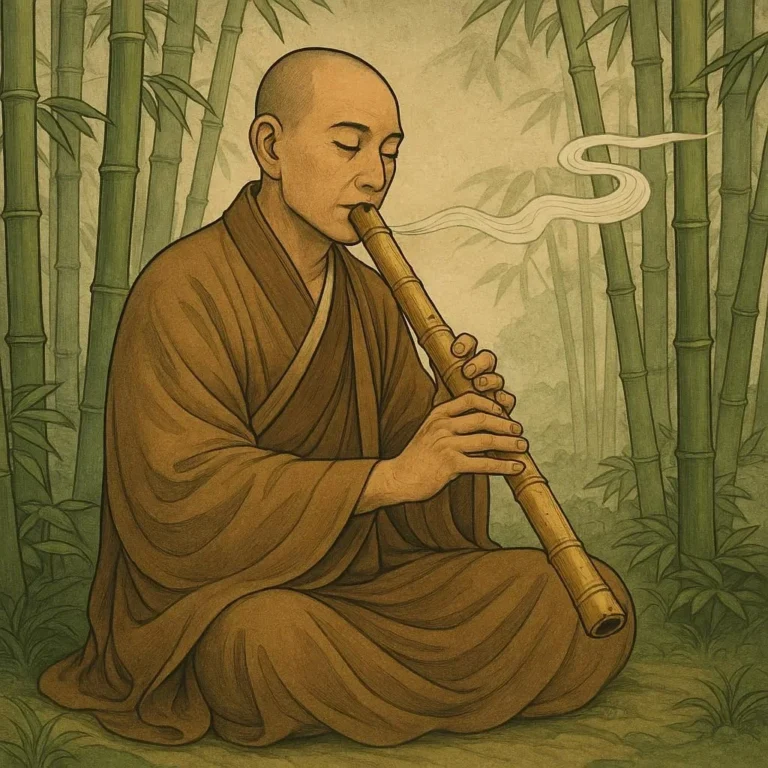507 views Training the Spirit: How Samurai Prepared for Battle and Death
The image of a lone samurai, katana gleaming under the glow of a rising sun, is etched into our collective imagination. Yet beyond the visual spectacle lie the meticulous rituals and disciplines that forged these warriors. Understanding how samurai prepared their spirits — not just bodies — for battle and death illuminates a philosophy that still speaks to modern seekers of purpose and resilience.
1. The Bushido Code: Spiritual Blueprint for Courage
Samurai were not soldiers in the traditional Western sense; they were living embodiments of the Bushido—the “Way of the Warrior.” This code wove together loyalty, honor, discipline, and self‑improvement into a covenant that permeated every aspect of a samurai’s life. While Bushido was a written moral guide, its real power lay in the daily rituals that internalized its values.
1.1 “Seishin” – The Mind‑Body Connection
The concept of seishin (spirit) was central. Samurai practiced seishin‑toki, a form of early mindfulness, standing still in mirrored air, breathing deep, and visualizing the battlefield. Historians suggest that these meditative pauses cultivated kénin (inner calm), turning fear into a sharpening tool rather than a distraction.
1.2 The Power of Kiai – Voice as an Energy Manifesto
The kiai—a sharp shout performed before a strike—served two purposes: it released tension and projected a psychological edge against opponents. Loud, deliberate breath coupled with a bullish shout forged an invisible aura that reinforced confidence in others and intimidation in enemies.
2. Physical Regimen: Conditioning the Body to Endure Pain
Training the spirit was inseparable from conditioning the body. Samurai physical training was rigorous, involving constant repetition, injury acceptance, and progressive overload that molded bone density, tendon resilience, and mental toughness.
2.1 Daily Katanas Maintenance and Versus Training
Samurai dedicated mornings to katana maintenance—polishing, inspecting its edge, and repair. The cat typhoon of daily maintenance taught attention to detail, while katas (pre‑arranged forms) and detachments honed muscle memory. Each stance and strike were rehearsed until muscle reflex governed movement, allowing a samurai to act without conscious deliberation in shock.
2.2 Weight‑Based Resistance – Battle‑Ready Muscles
Beyond blade work, novices loaded their bodies with heavy kanji‑style weights. A typical training cycle included 80 rep sets at 60 % of a man’s maximum, followed by calisthenics that tested core stability. Such load‑based endurance built the muscular architecture necessary to withstand and delivering blows under battlefield chaos.
3. Martial Arts: The Tactical Schools
Samurai training was a mosaic of disciplines—Kenjutsu, Kyudo, Jūjutsu, Ninjutsu—all converging on a single battlefield objective: survival. Each school imparted a unique angle on combat psychology.
3.1 Kenjutsu – The Art of the Sword
Kenjutsu taught not only direct strikes but the craft of reading an opponent’s breath. In the secluded dojo, a pair of fighters mirrored each other’s motions, a form of shin‑sen no to (mind and spirit). The discipline’s reverence for timing cultivated the samurai’s ability to predict hesitation, thereby turning anticipation into lethal advantage.
3.2 Kyudo – The Arrow of the Soul
Kyudo (archery) fronted spiritual isolation. Archer warriors shot their arrows across takara (black iron) slopes, focusing on a single super‑imposed target. This single point of focus sharpened concentration to a razor’s edge, echoing the meditation that can be employed when facing imminent death.
4. Psychological Training: Facing Fear and the Grim
The samurai’s daily world was one where death was next-door neighbor; their training in accepting death is the closest modern society has to an enthelling of fear management.
4.1 Sashin – Embracing the Reality of Death
During sashin, a warrior delineated the body’s vulnerability. They studied the impact of arrow wounds, cuts, and blunt force trauma. By learning the anatomical points of death, the mind no longer “fainted” under audience. Rather, the strategist’s heart beat in sync with the knowledge of where one fell apart.
4.2 Facing the Blade – The Polite But Sincere Duel
Ritual duels between samurai pair were not mere sport. They were lived training in the eventuality of fatal consequence. Each duel demanded concentration, respect for the foe, and acceptance of death as inevitable. The refusal to escape the duel built the mental elasticity to react in distress.
5. Fostering Resilience through Daily Rituals
Every moment of a samurai’s life was steeped in engagement. Daily rituals—morning prayers, midday reflections, evening purging—consolidated teachings, ensuring the spirit remained disciplined and not susceptible to moral erosion.
5.1 Waking Under Dawn – The Ritual of Dawn Vigil
Rising before dawn, a samurai practiced oyatō, a series of slow, deliberate body stretches mimicking the shapes of a bamboo grove. The sun-gilded air instilled a sense of connectedness, while the physical exertion forced a mental hierarchy: I become the first and tall as a tree.
5.2 Evening Teahouse—Closing the Circle
Evening tea was sacred. Samurai gathered around kansa (tea bowls) reciting poems that spoke on honor, courage, and lineage. The communal breathing in and out simmered an air of collective responsibility, reinforcing the sense of community that could split or support in battle.
6. Preparing for Death – Ritual, Acceptance, and Legacy
No samurai was ever fully prepared to die blindly. Their transcendence lies in their stoic acceptance of inevitable death, fuelled by a narrative that transcended individuals.
6.1 The Shōshoku—The Last Purification
When death’s shadow loomed, the samurai performed shōshoku, a purification ritual. They poured lacquer‑gifted water over their weapons, expressing gratitude for a lifetime of battle. The ritual signified a passing on of the spirit—a final blessing to the next generation.
6.2 Misogi—The Spiritual Cleansing before the Final Show
Misogi—cleanliness of self—required warriors to perform remorseless rituals in fears. For instance, during a cramped battlefield, a warrior might step atop strings of boiling water, symbolic of their resolve to wipe across the gaps of fear. Even after death, they were considered koryū (royal spiritual beings) who guided those after them.
7. Modern Takeaway: How Contemporary Life Can Borrow Samurai Wisdom
The disciplines that propped up the samurai’s spirit can be adapted for modern contexts:
| Traditional Samurai Discipline | Modern Equivalent | How It Works
|—|—|—
| Kiai | Power Stance/Shout | Release tension, focus energy
| Kenjutsu Katas | Repetitive Skill Drills | Build muscle memory, decision speed
| Shōshoku | End-of-Project Reflection | Acknowledge achievements, closure
| Duel Practice | High‑Pressure Simulations | Decision under stress
These tools are not only historically fascinating; they serve as mental and physical weapons that modern professionals—athletes, leaders, entrepreneurs—can wield.
8. Conclusion: The Spirit’s Legacy Lies in Preparedness
Training the spirit was the ultimate essence of samurai life—an integrative practice that aligned philosophy, sense, and biology. Their rigorous regimen taught precision, resilience, and a fearless acceptance of mortality. By emulating these timeless practices, we can strengthen our own spiritual preparedness, turning everyday battles—be they in the boardroom or in the living room—into opportunities for mastery. The legacy of the samurai, not merely in their steel, but in their hearts, invites us to awaken, to stand resilient, and to approach death as a natural seasoning of life rather than a fear.
Key Takeaways:
- Bushido provides a comprehensive moral framework.
- Meditation and kiai sharpen concentration and project presence.
- Martial arts training merges physical conditioning with psychological readiness.
- Rituals and trade‑offs build vigorous resilience against fear.
- Modern professionals can adopt these methods to excel under pressure.





